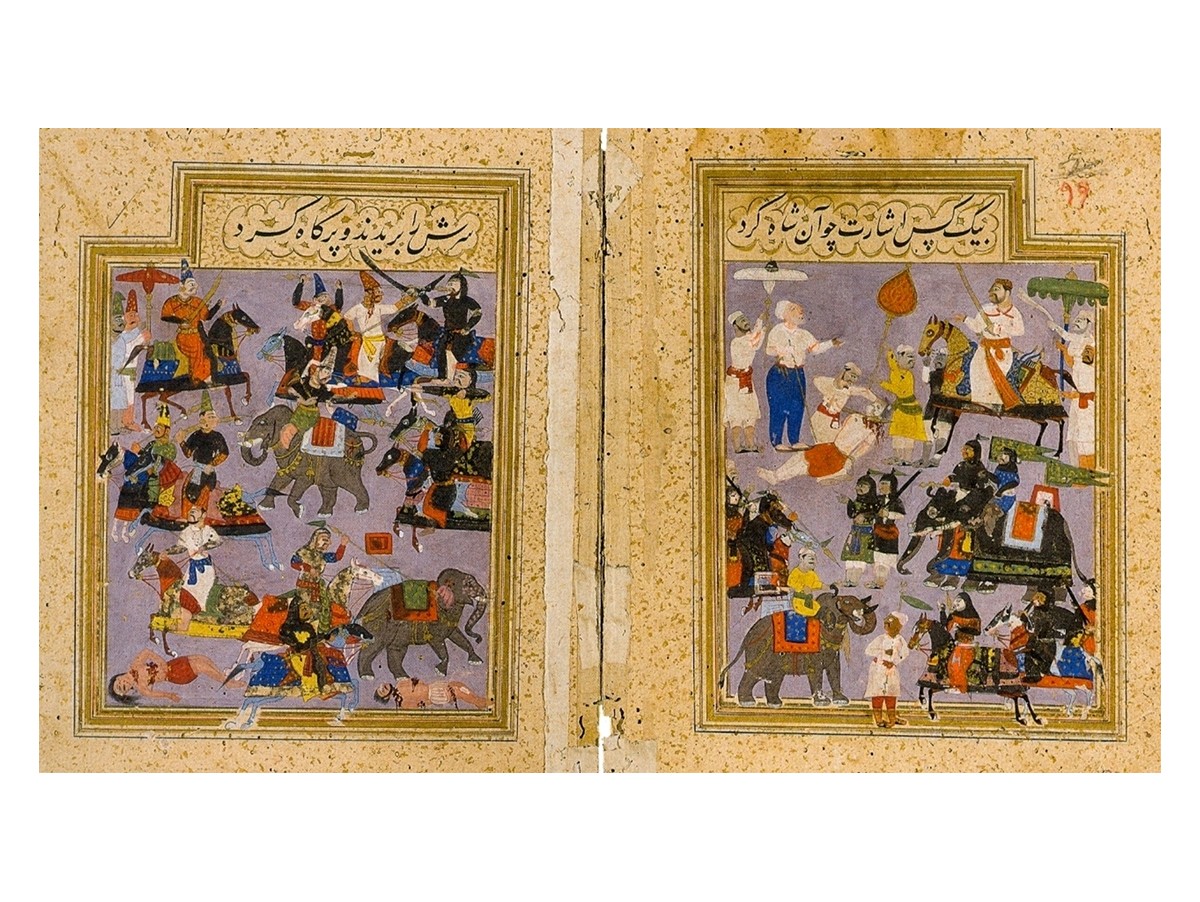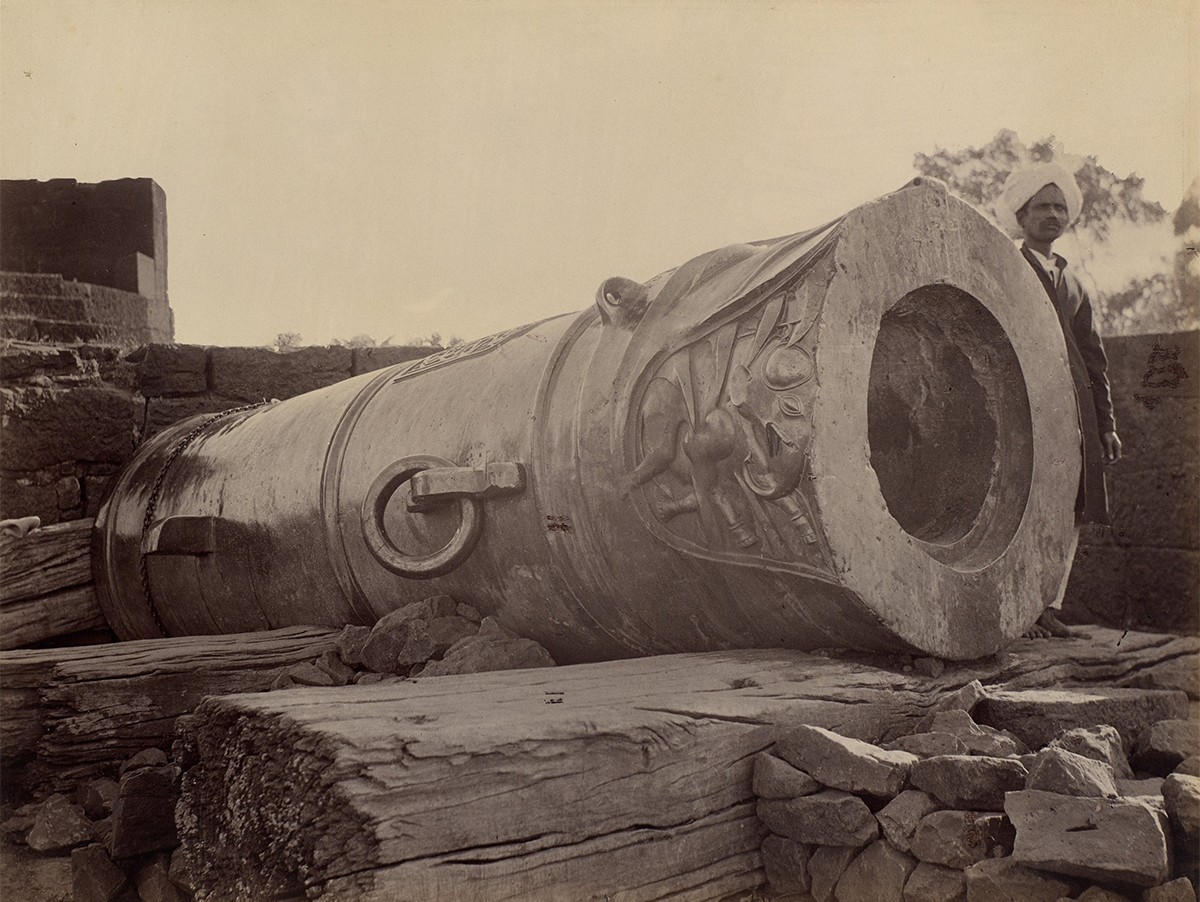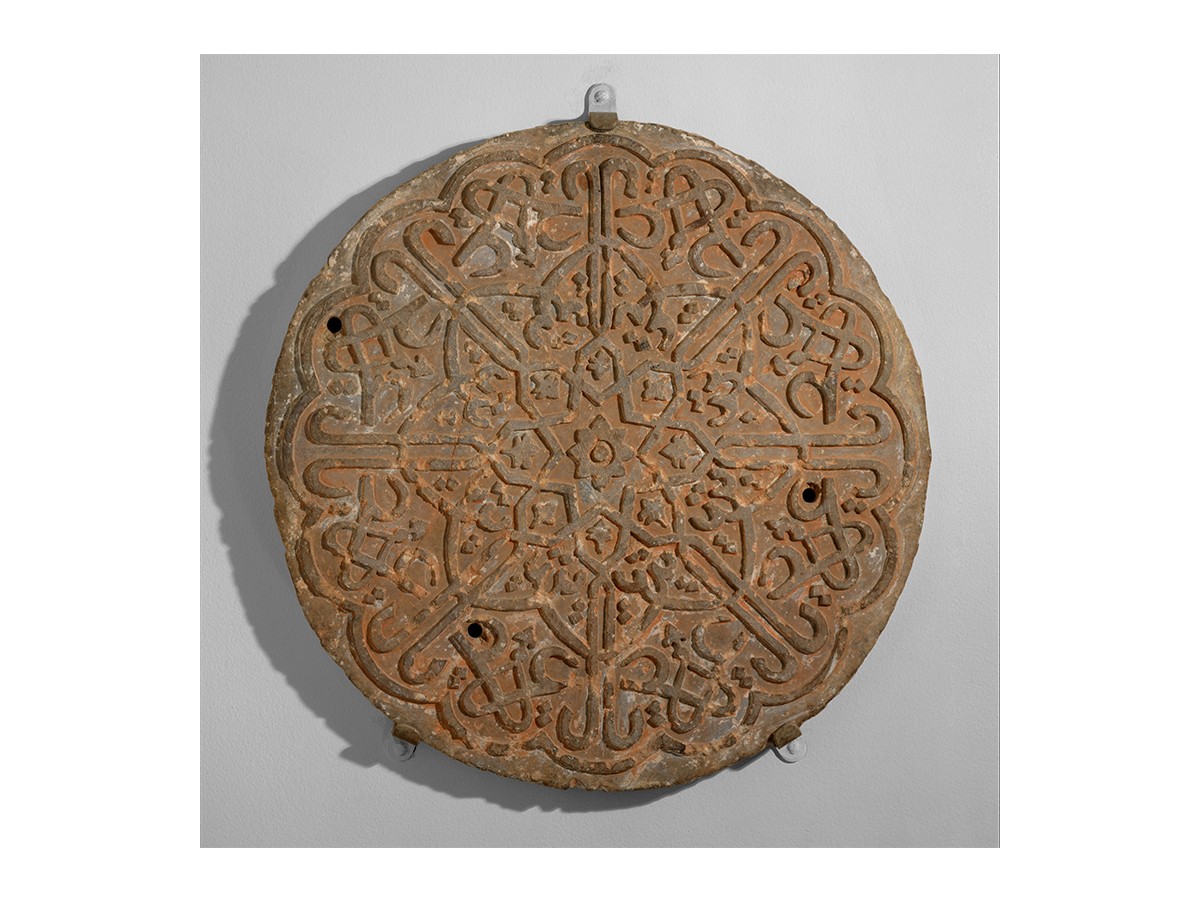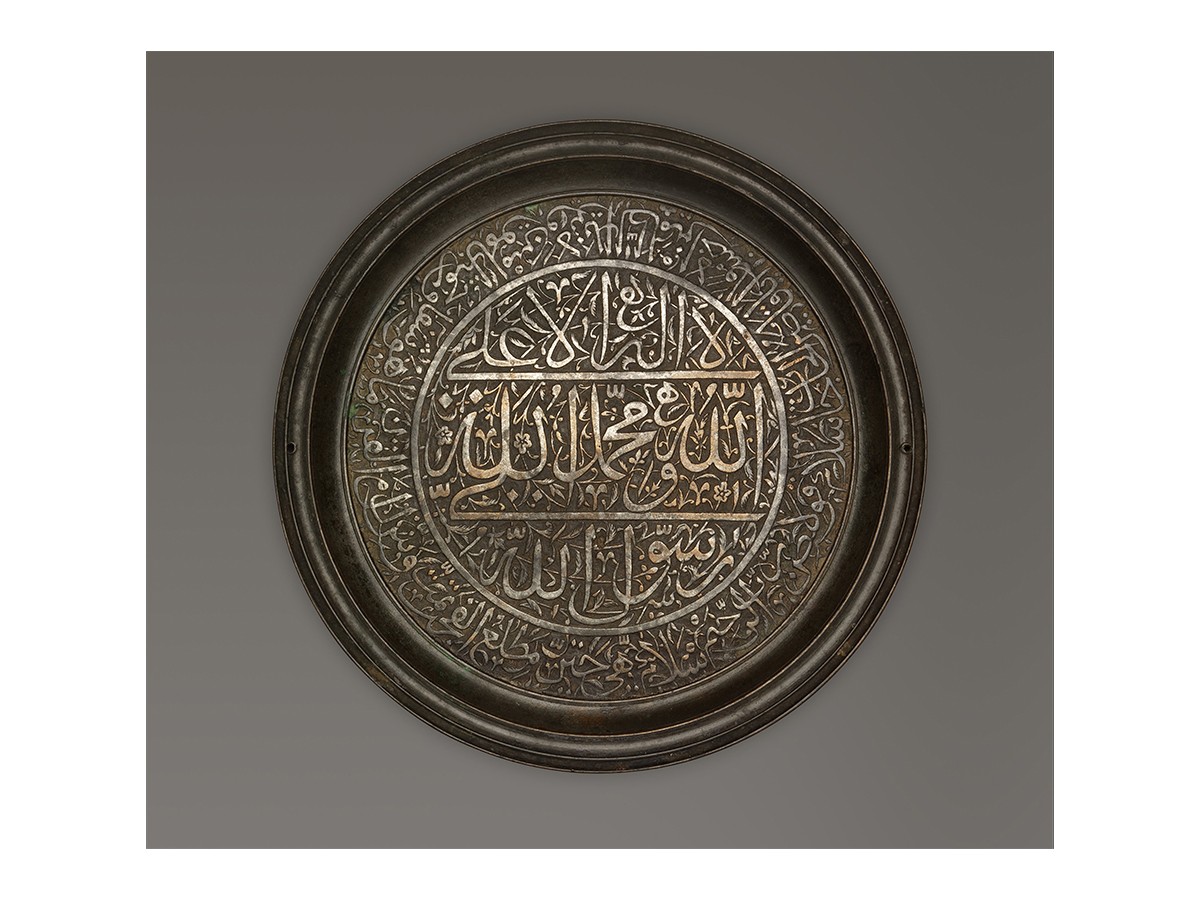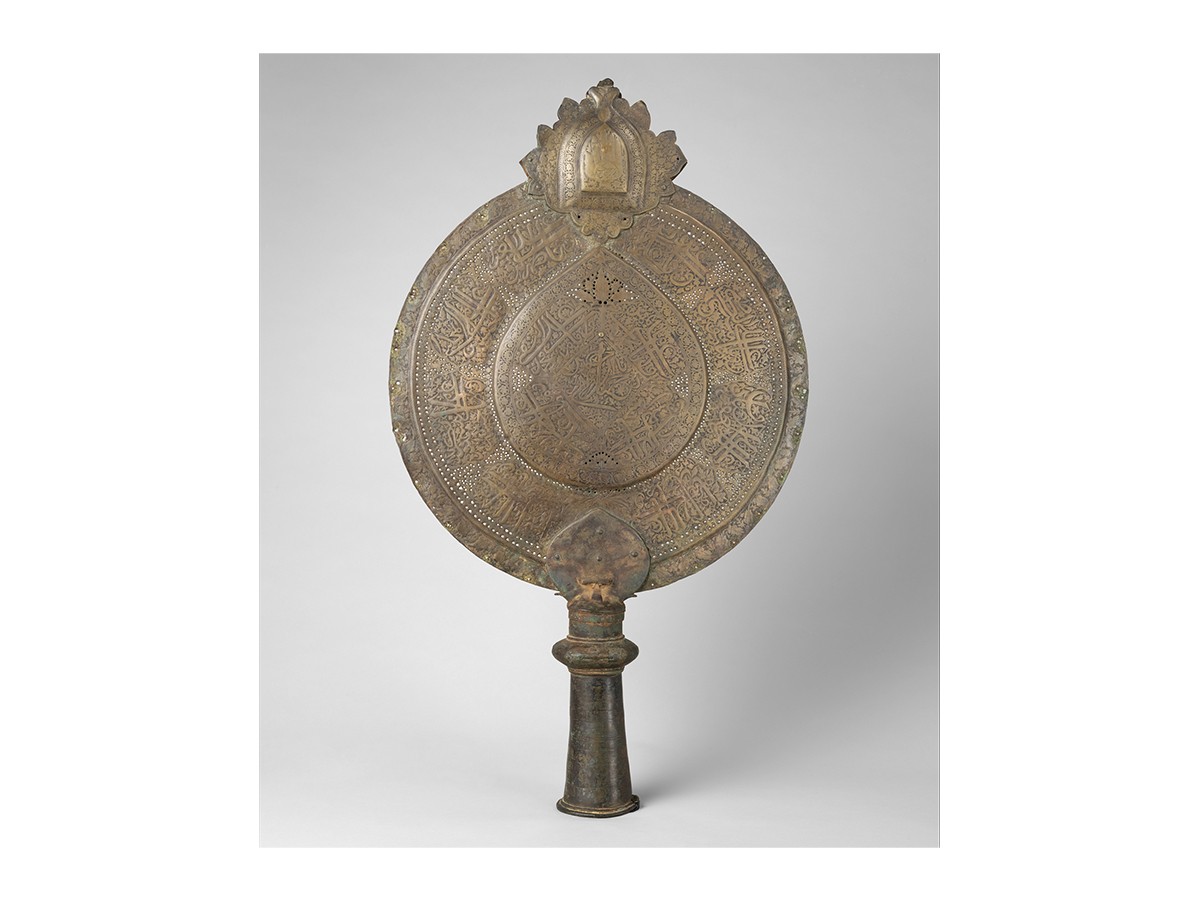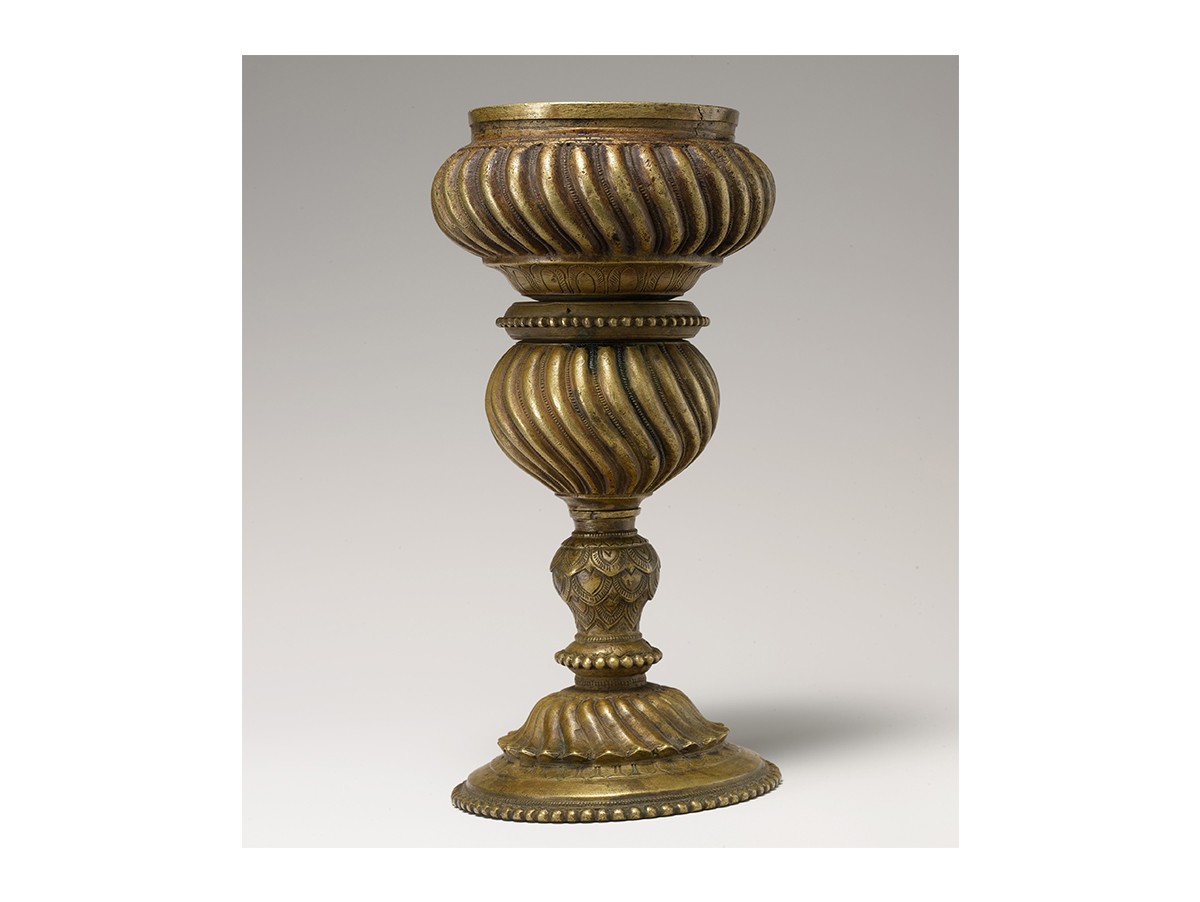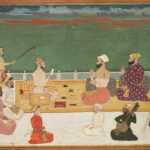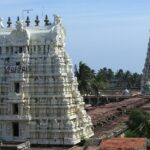The Battle of Talikota: Deccan Sultanates Flourish
1565
The Deccan sultanates of Ahmadnagar, Bijapur, Golconda and Bidar defeat the Vijayanagara army in the Battle of Talikota, resulting in a number of the empire’s vassal states becoming independent kingdoms. The battle is seen as a result of Rama Raya’s repeated clashes with Ahmadnagar and, in 1563, the looting of several districts under the control of Golconda and Rama Raya’s erstwhile ally Bijapur. For the sultanate states, particularly Bijapur and Golconda, this victory is followed by a period of cultural activity, visible in manuscript painting, architecture and the decorative arts.
Over the sixteenth century, the Deccan kings and nobility make temporary and fragile alliances using a combination of diplomacy, instigated coups and brief wars in order to weaken each other’s political positions in the region. This is particularly true of Rama Raya, the regent and informal ruler of the Vijayanagar empire since 1542, who frequently involves himself in tensions between the various sultanates that emerged after the disintegration of the Bahmani empire, even working for the Golconda sultan’s army in the early part of the century.
Bibliography
Dirks, Nicholas B. The Hollow Crown: Ethnohistory of an Indian Kingdom. New York: Cambridge University Press, 1988.
Eaton, Richard M. A Social History of the Deccan, 1300–1761 Eight Indian Lives. New York: Cambridge University Press, 2005.
Feedback 
This entry appears in
Art in South Asia
Visit Timeline
Associated Timeline Events
First Published: March 11, 2024
Last Updated: July 2, 2024



